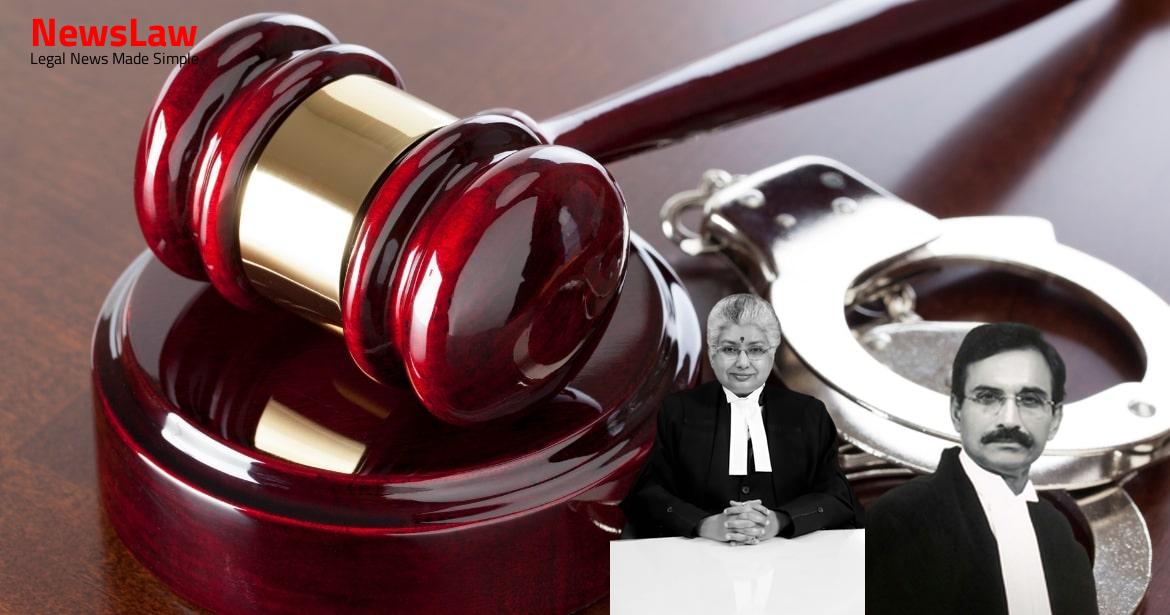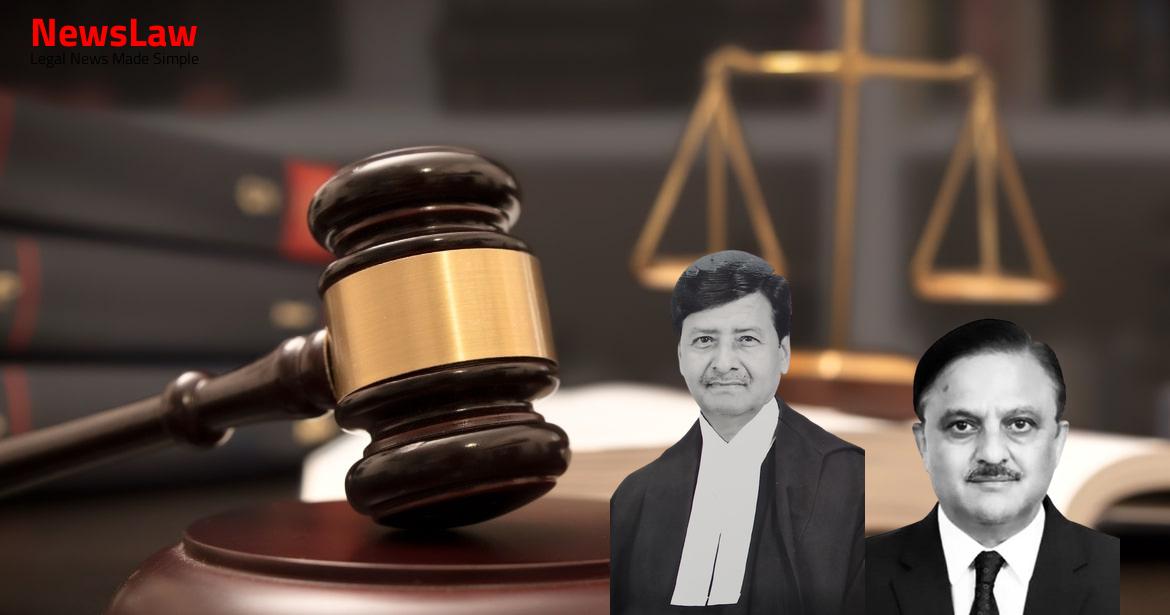The High Court rejected the appellant’s Writ Petition which had questioned the imposition of a minimum 75% aggregate marks as an eligibility condition (in the qualifying examination) for enabling a candidate to claim admission in engineering courses under the 2% sports quota. Must have secured at least 75% aggregate marks in the Class XII (or equivalent) Board Examination. As a matter of fact, the Union Territory of Chandigarh followed 3 JoSAA for purposes of admission; however, the sports quota category was kept out of the JoSAA programme.
In this context, it is pointed out that as far as sports quota candidates are concerned, the brochure itself makes a distinction so far as candidates who are eligible to apply for vertical reservations; Scheduled Castes and Scheduled Tribes (SC/ST) have to possess 65% marks to be considered eligible. Learned counsel also pointed out that in the past, sports quota guidelines had prescribed what specified sports would be graded for the purpose of determining inter se rankings and furthermore, the types of events, and the conditions guiding the eligibility and assessment criterion (such as for instance, the minimum number of participants in the concerned sports, the level of 4 participation, i.e. He points out that earlier too, the UT had insisted upon the relevant criterion of 75% minimum cut-off in the qualifying examination and points to a note submitted to the High Court, justifying the 75% minimum criterion for the sports quota.
Also Read: https://newslaw.in/supreme-court/legal-analysis-of-claim-for-loss-of-profit-in-delayed-contract/
Para 2 of the policy stated that the benefit of this sports category would be available to those who “pass their qualifying examination from schools/colleges recognised by the Chandigarh administration and those who studied in Chandigarh schools or colleges for at least two years before applying for graduation certificates”. Grade B comprised of sports persons, who participated in World University/international tournaments and games other than those in Grade A in which at least 10 teams participated, including Asian Federation Cup; Schools Games or obtained first three positions in recognised National Championships, International championships, State Federations, All India Combined Universities team etc. It would be also necessary to reproduce the note which was placed before the High Court approved by the Chandigarh administration, while justifying the 75% minimum qualifying criterion in the present case. The eligibility criteria followed by PEC for Kashmiri Migrants and Kashmiri Pandits/ Kashmiri Hindu Families (Non-Migrants) living in Kashmir Valley, Sportspersons, Sons/ Daughters/ Spouses of Military/military Para personnel, Children/ Grandchildren of Freedom Fighters is as follows: – Year of Admission Admission through Relevant Criteria of 10+2 setup by Admission Agency Relevant Criteria of 10+2 followed by PEC Remarks 2017-18 JAC Chandigarh > 60% > 60% Same as Admission Agency 2018-19 JoSAA/CSAB > 75% > 75% Same as Admission Agency 2019-20 JoSAA/CSAB > 75% > 75% Same as Admission Agency 2020-21 JoSAA/ CSAB 10+2 Pass 10+2 Pass Same as Admission Agency 2021-22 JoSAA/
CSAB 10+2 Pass 10+2 Pass Same
as Admission 7 Agency 2022-23 JoSAA/CSAB 10+2 Pass 10+2 Pass Same as Admission Agency 2023-24 JoSAA/CSAB > 75% >75% Same as Admission Agency The admission process has started and the last date to apply for counselling of Kashmiri Migrants and Kashmiri Pandits/ Kashmiri Hindu Families (Non- Migrants) living in Kashmiri Valley, Sports persons, Sons/ Daughters/ Spouses of Military/ Paramilitary personnel Children/Grandchildren of Freedom Fighters was 10.07.2023 and the further process is in progress.
Equality before the law means that among equals the law should be equal and should 8 be equally administered and that the likes should be treated alike. It is true that Article 14 enjoins that the people similarly situated should be treated similarly but what amount of dissimilarity would make the people disentitled to be treated equally, is rather a vexed question. Having ascertained the policy and the object of the Act, the court has to apply a dual test in examining the validity, the test being, whether the classification is rational and based upon an intelligible differentia which distinguished persons or things that are grouped together from others that are left out of the group, and whether the basis of differentiation has any rational nexus or relation with its avowed policy and objects.
Inequality resulting from two different enactments made by two different authorities in relation to the same subject will not be liable to attack under Article 14” It has also been held, in State of J&K v.
But the process cannot in itself generate or aggravate the inequality” and warned that overemphasis on the doctrine of classification “or any anxious and sustained attempts to discover some basis for classification may gradually and imperceptibly deprive the article of its precious content and end in replacing doctrine of equality by the doctrine of classification” thus pushing classification rendering “the precious guarantee of equality “a mere rope of sand”.” The objective was to accommodate in the evening classes employees in general including private employees who were unable to attend morning classes because of their employment.” The justification given by the university, that government employees held permanent jobs or position was held to be irrelevant for the object of opening the evening law course. Based on the position or status in service, no distinction can be made between public servants against whom there are allegations amounting to an offence under the PC Act, 1988.” On an objective application of the principles outlined above, this court is of the considered opinion that the objective of introducing the sports quota i.e.
vs Punjab University : “The petitioner has himself stated that the prospectus for Punjab Engineering College had specifically provided that there would a minimum cut- off aggregate of 15 marks. The latter kind of criteria would tend to exclude meritorious sportspersons, and place the less (academically) meritorious sportspersons, at a disadvantageous position, because they satisfy the open category candidates’ criterion of higher academic merit. The conclusion drawn by the court is also supported by the fact that the sports policy of 2023 governing admissions, was evolved with a careful eye to detail, to ensure that performance in sport, rather than academic merit, was the chosen criterion to be applied for filling the 2% sports quota.
Requiring all candidates to possess a fulfil a certain eligibility standard- such as the one, prescribed in the sports policy, of 2023 (alluded to) or the qualifying marks prescribed by the concerned Board, or university, to pass in the concerned subjects is entirely different from the prescription of a uniform standard, far higher than the such a minimum threshold. By this court’s interim order, dated 08.08.2023, the respondent was restrained from filling the left-over seat(s) which had to be filled after the last round (of admission process) scheduled on 10.08.2023. These candidates however should have qualified in terms of the immediately preceding academic year’s criterion, applicable for the balance sports quota seat(s). RAVINDRA BHAT]
Case Title: DEV GUPTA Vs. PEC UNIVERSITY OF TECHNOLOGY (2023 INSC 695)
Case Number: C.A. No.-005013-005013 / 2023



